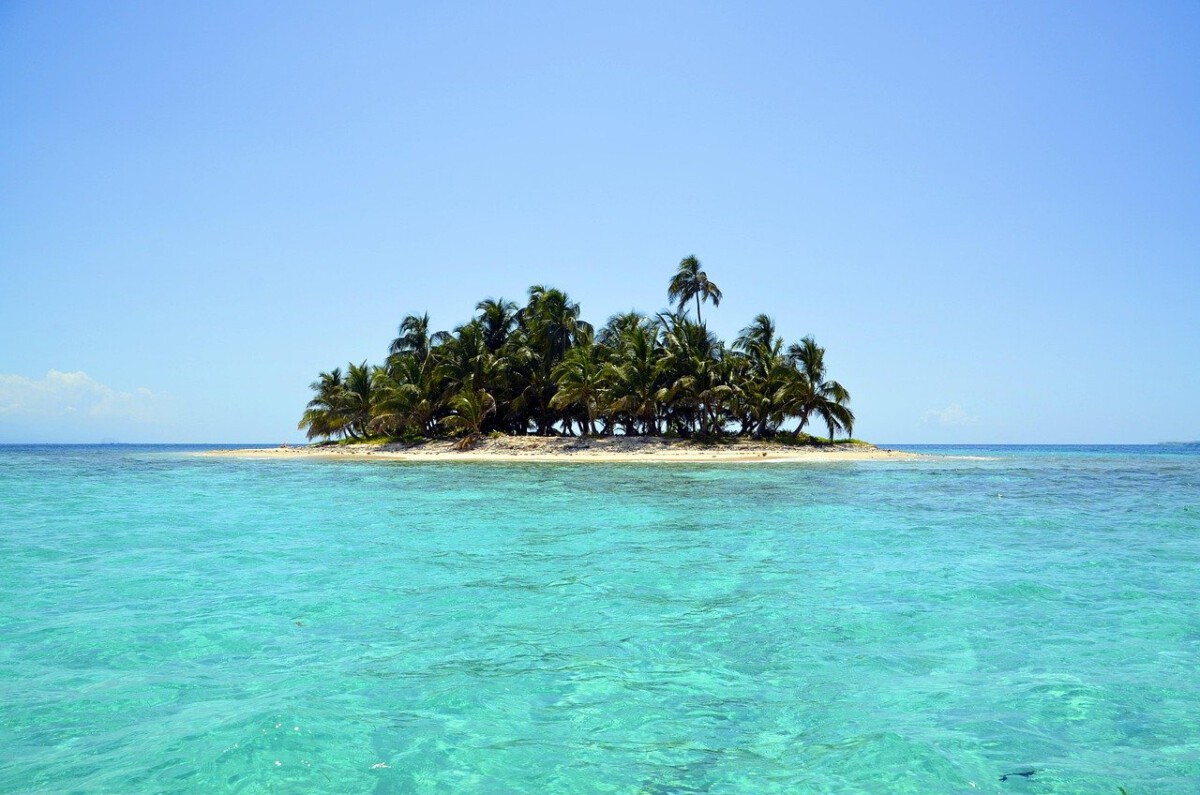If you’ve ever watched the sunrise over a misty valley or wandered an ancient city before the crowds, you know magic happens when a place feels untouched. But what if those postcard-perfect scenes were suddenly off-limits? Around the world, beloved destinations—some you’ve dreamed of, others you might never have guessed—are signaling that the doors could soon be closing to outsiders. The reasons are as varied as the landscapes: fragile ecosystems, cultural preservation, even the simple need for peace and quiet. If these places are on your bucket list, it might be now or never.
The Allure of Isolation

Picture yourself on a remote island where the only sounds are wind in the palms and the distant crash of waves. For many countries, that untouched beauty is slipping away under the weight of mass tourism. Locals worry about crowded streets, vanishing wildlife, and traditions fading into souvenirs. Governments are starting to whisper: maybe it’s time to say “enough.” The tension is real—between sharing paradise and saving it. If you crave those rare, soul-stirring moments where you feel alone in the world, the clock is ticking for some of the planet’s most enchanting corners.
Bhutan The High Value Escape

Tucked in the eastern Himalayas, Bhutan is a kingdom of misty mountains, fluttering prayer flags, and quiet monasteries. Here, happiness is the national goal, not GDP. The country’s “high-value, low-impact” policy means visitors pay a steep daily fee, making it one of the world’s most exclusive getaways. Now, Bhutan’s leaders are hinting at even stricter limits—possibly raising costs or capping numbers—to protect fragile culture and forests. **If you want to trek to Tiger’s Nest or join a village archery contest, go soon—these wonders may soon be reserved for only a lucky few.** The best time to visit is spring or autumn, when wildflowers or golden rice paddies set the valleys aglow.
Iceland Wild Beauty on the Edge

Iceland’s landscape is so otherworldly it feels like you might stumble into a Viking saga or a Game of Thrones scene at any moment. Geysers hiss, waterfalls thunder, and black sand beaches stretch empty for miles. But with over two million annual visitors—six times the local population—nature is feeling the strain. In recent years, officials have closed off delicate sites and are weighing broader restrictions. **Visit in summer for the ethereal midnight sun, but tread lightly; some trails may soon be permanently off-limits.** Try eating skyr in a cozy Reykjavik café or soaking in a hot spring under the northern lights before the crowds are pushed back for good.
Venice The Sinking Dream

Venice is more than gondolas and glittering canals—it’s a living museum, a maze of secrets and echoes. But the city is literally sinking under the weight of cruise ships and selfie-hunting day-trippers. The local government has already banned large ships and is now testing tourist entry fees and daily limits. **If you long to wander empty piazzas at dawn or hear church bells echo over the lagoon, time may be running out.** Visit in winter, when fog wraps the city in mystery and the crowds thin, for a glimpse of Venice’s quieter side. Savor cicchetti (Venetian tapas) in a tiny bacaro and imagine the city as it was, and may soon be again—closed to outsiders.
Thailand Paradise Faces a Turning Point

From the electric buzz of Bangkok to the turquoise bays of Koh Phi Phi, Thailand is a feast for the senses. But paradise has its limits. The government is talking about closing more beaches, capping visitors at national parks, and even restricting popular festivals like the Full Moon Party. Maya Bay, made famous by “The Beach,” was closed for years to let coral recover. **Travelers should aim for the cool, dry season from November to February, and visit lesser-known destinations like Nan or Trang to spread the love (and the impact).** Street food, night markets, and the gentle clink of temple bells—catch them before new rules kick in.
New Zealand A Fragile Wonderland

New Zealand’s wild beauty is jaw-dropping: think emerald fjords, snow-capped volcanoes, and glowworm caves. But Lord of the Rings fandom and viral Instagram shots have drawn millions, putting pressure on trails and wildlife. The government is considering higher visitor fees and even quotas for the most popular spots. **Best time to visit is late spring or early autumn when trails are quieter and scenery bursts with color.** Learn a few words of Māori, carry out all your trash, and remember: the more we respect this land, the longer its open arms will last.
Japan Tradition Meets Overtourism

Japan’s cherry blossoms, neon streets, and tranquil shrines lure travelers year-round. Cities like Kyoto and Nara, rich in heritage, are feeling the pinch: packed temples, worn-down gardens, and local frustration. Authorities are piloting crowd control and entry restrictions at heritage sites. **Spring for sakura or autumn for fiery maples are unforgettable, but be ready for new rules—like timed tickets or daily visitor caps.** Try a steaming bowl of ramen in a side-street izakaya, or seek out rural villages where hospitality is still deeply personal.
Galápagos Islands Wildlife on the Brink

The Galápagos are a living laboratory, where blue-footed boobies dance and giant tortoises roam. But fame has a price: delicate ecosystems buckle under steady streams of boats and tourists. The Ecuadorian government is tightening visitor controls—smaller groups, stricter guides, and limited landing points. **Best time to visit is the dry season from June to December, when wildlife is most active.** Pack reef-safe sunscreen, respect the “look but don’t touch” rule, and realize: here, even a footprint matters.
Maldives Paradise in Peril

Imagine waking up in a thatched villa above shimmering turquoise water, the air scented with frangipani. That’s the Maldives—nearly 1,200 islands, many just a speck on the map. But rapid development and over-tourism threaten coral reefs and water supplies. The government is mulling caps on resort construction and visitor numbers. **Visit during the dry season (November to April) for the best weather, and choose eco-friendly resorts that give back to the islands.** Snorkel with manta rays or savor a spicy fish curry before these jewels become even harder to reach.
Antarctica The Last Frontier

Few places are lonelier—or more fragile—than Antarctica. Icebergs the size of cities drift past colonies of penguins; the silence is almost sacred. But even here, cruise ships and adventurers are making their mark. Conservation groups and some governments want to limit landings and vessel numbers to preserve this pristine wilderness. **The Antarctic summer (November to March) is the only window for visitors, but new restrictions may soon make access even rarer.** Bundle up, respect the strict “leave no trace” rules, and let yourself be awed by the world’s most remote continent.







